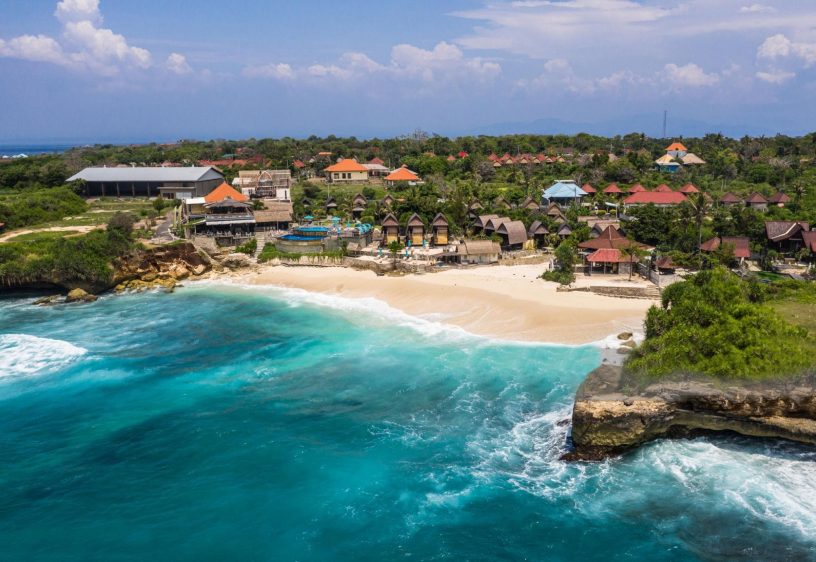
With the climate change crisis looming large and ever increasing anthropogenic footprint pushing unique biodiversity to the brink of extinction, developmental projects need to be evaluated for their environmental impacts before execution.
Authors:
Abhiroop Chowdhury, Associate Professor, Jindal School of Environment & Sustainability. O.P. Jindal Global University, Sonipat, Haryana.
Armin Rosencranz, Professor & Dean, Jindal School of Environment & Sustainability. O.P. Jindal Global University, Sonipat, Haryana.
Summary:
The Andaman and Nicobar islands are an archipelago on the Bay of Bengal, bordering the Indonesian island of Sumatra in the south and Cocos island of Myanmar in the North.
Strategically these islands also hold a phenomenal importance in regional geopolitics. Even during the British colonial period, Andaman and Nicobar Islands were the checkpoints to minimize the Dutch, French and Japanese imperialistic influences in South-East Asia. With the passage of time, the situation has not changed, only the political players are different. Still these islands hold the key to check the increasing Chinese influence in this region particularly in the neighboring country of Myanmar.
Against this backdrop, comes the news of building the New Transshipment Terminal in Andaman and Nicobar Islands, a part of the grand plan to develop these islands. The terminal is supposed to be built in the island of ‘Great Nicobar’ and entails an overall investment of 100 billion Indian Rupees. This project will be built in Campbell Bay, at Great Nicobar near the national naval station of ‘Baaz’.
Nestled in the warm waters of the tropics, this island has a plethora of endemic biodiversity. These 572 forested islands host 9,130 animal species of which 1,032 species can be found only in this ecoregion. It is a part of the ‘Sundaland’ biodiversity hotspot. Hotspots are areas in the world with exceptional richness of biodiversity. This is the habitat of diverse terrestrial and marine species – whales, dolphins, dugong, hornbills, marine turtles, saltwater crocodile, Trochus, sea cucumbers, sea-shells, sharks, marine turtles and saltwater crocodiles, to mention a few
Published in: The Statesman
To read the full article, please click here


